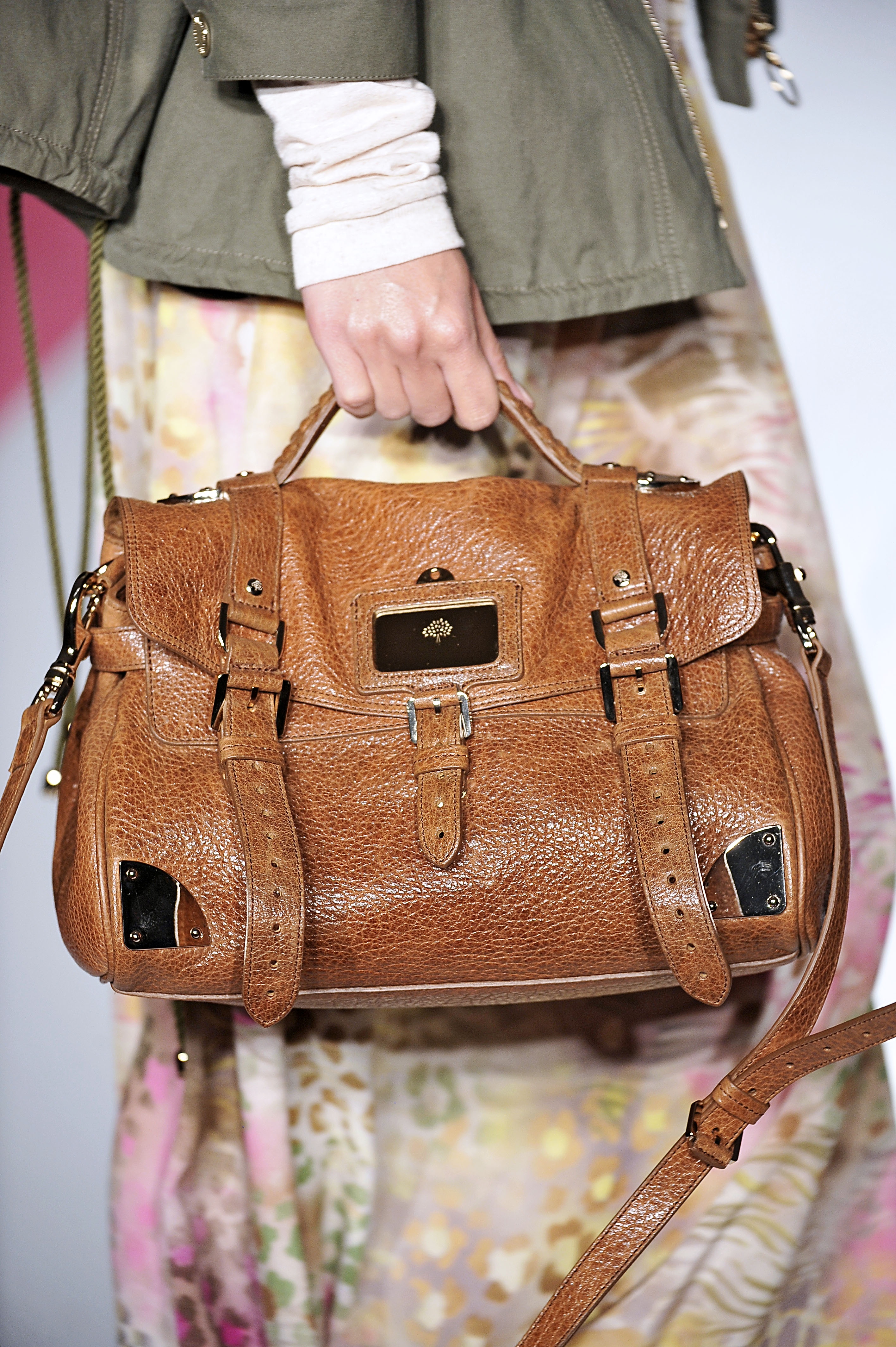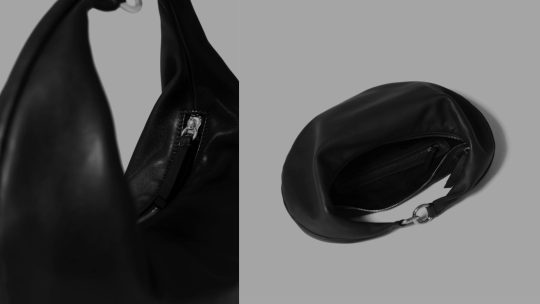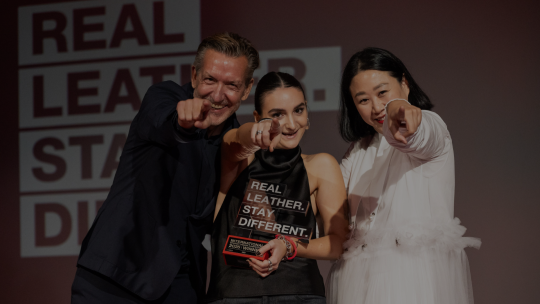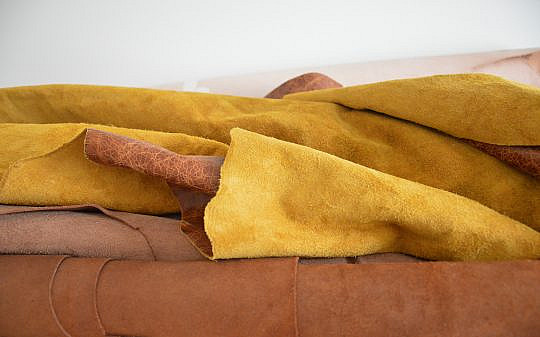British fashion has always had a foot in the States. Whether that’s the Swinging Sixties miniskirts of London, Vivienne Westwood’s boho punk or the fine tailoring of a Saville Row suit, we love the UK’s perspective on what’s worth wearing. But one brand has been a mainstay – more than many – for almost 40 years. The Mulberry look is instantly recognisable. Countryside tartan. Pleated tops and dresses from an Olde English postcard. And the ultimate accessory: a thick, textured leather bag, as vital on catwalks today as it’s ever been.
Mulberry will soon be heralding its 50th anniversary. Let’s look at the history of this British icon to see why it’s still at the top of its style game.
The seeds of greatness
Founder Roger Saul was a humble man. He set Mulberry in motion from his kitchen table in 1971 with just £500 to invest. The name is derived from the trees he would pass every morning on his walk to school; you can’t get much more quintessentially English.
It helped that his father was a leather trader at Clarks shoes. Young Saul picked up a love of the smell and feel of leather goods – and he let his childhood steer what Mulberry’s clothing and accessories would be.
Initially, Mulberry designed buckled leather belts on a small order basis. Business picked up and allowed them to open a factory in rural Somerset to the South West. The divide between town and country became an influence on the brand’s new focus – leather bags. By the mid-70s, they’d built a name on the classic dispatch and binocular bags, which you can still buy today from some retailers.
Luxury womenswear takes off
A Hunting, Shooting and Fishing collection of leather goods and outdoor style cemented the brand’s reputation in the capital of London. But it was the advent of high street fashion items that shot Mulberry into gossip columns, celebrity spreads and the uncompromising tastes of women with something to prove.
As mothers, wives, girlfriends and single ladies began to fight against their domestic containment in the 1970s and early 80s, cities in the West ceded ground – in offices, public roles, universities and emerging industries, women wanted to be noticed at last.
And Mulberry bags were ready to lend a hand. By pairing eye-catching leather with large gold clasps, their bags became a statement of intent: we are making our own success, and we’re proud of it.
A playful, conscious edge in the 21st century
For two more decades, Mulberry sold well. It was regarded as a symbol of London chic and an affordable way to look the part in any setting, whether you’re on a family picnic or in a big pitch meeting.
Then Saul started to hand over the company keys. Despite nerves, he shouldn’t have worried – wunderkind Nicholas Knightly, who joined in 2002, dreamt up the Bayswater. This bag alone took the fashion world by storm. Mulberry was known for vintage leather. Now, it had a superweapon, a genuine challenger to some of the most popular bags in the 2000s.
While the Bayswater gave leather fresh life, it wasn’t alone. The Alexa Chung model appeared in 2009, looking like a heady mix of briefcase, gym carrier, handbag and satchel. In a single week, 380 were sold at £750 each. Leather like this helped Mulberry coast through the recession and make a killing.
Meanwhile, the brand’s original Somerset factory saw the fruits of its apprenticeship programme pay off. Sometimes, three generations of the same family have a hand in a single Bayswater bag.
For a name that smacks of invention and staying true to yourself, few brands beat Mulberry.








